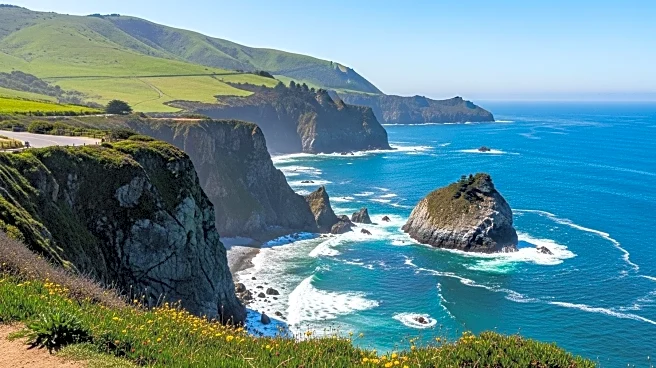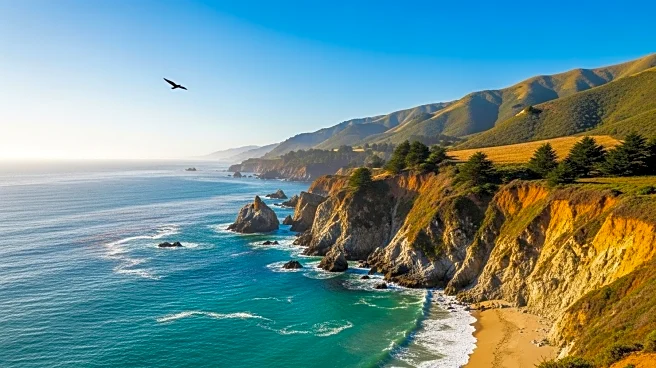Big Sur is a captivating region located along California's Central Coast, known for its dramatic landscapes and outdoor recreational opportunities. The area is characterized by its rugged coastline, towering redwoods, and the
unique experience of waterfalls plunging directly into the ocean.
Core Facts
Big Sur is not an incorporated town but a region without formal boundaries. It is often confused with the small community of buildings and services
located 26 miles south of Carmel, known locally as Big Sur Village. The region is primarily accessed via Highway 1, a scenic route that offers breathtaking views of the coastline.
Notable Details
The
name 'Big Sur' originates from the Spanish term 'el país grande del sur,' meaning 'the big country of the south.' This name reflects the area's vast and relatively unexplored nature during the Spanish colonial period. The region's natural beauty has made it a popular destination for tourists and outdoor enthusiasts.
Comparisons and Contrasts
Compared to other coastal regions in California, Big Sur is unique for its combination of
rugged terrain and limited development. While areas like Malibu and Santa Cruz offer more urban amenities, Big Sur remains relatively untouched, providing a more rustic and natural experience. This distinction makes it a favored destination for those seeking solitude and a connection with nature.
Key Data Points
Big Sur's geography is marked by steep topography and active geological features, making it one of the most landslide-prone
areas along the California coast. The region's economy has shifted from agriculture and minor industry to a tourism-oriented focus, driven by its natural attractions and scenic beauty. Despite its challenges, Big Sur continues to draw visitors from around the world, captivated by its unique landscapes and outdoor experiences.

 Discover Daily
Discover Daily 










